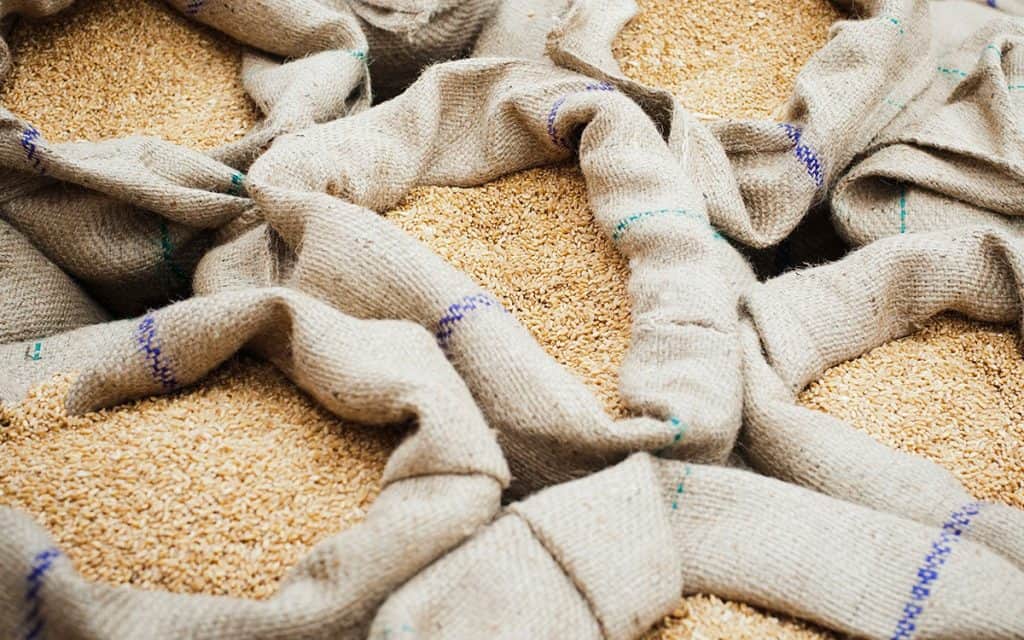Food security is a significant factor in survival, but it may be compromised by unfortunate emergencies such as calamities, government issues, and global pandemics. These emergencies may occur unexpectedly and result in a food shortage; thus, it is essential to prepare for it as early as you can.
When preparing for a food shortage, you must take into account the needs and desires of your family as well as your budget. Moreover, you should have an idea of the types of food that are ideal for long-term storage as well as the proper means of storing them.
This article will provide a list of the best types of food that can be stored in preparation for a food shortage. It will also explore other sustainable sources of food and ways to protect the food stockpile from deteriorating.
How to Prepare For a Food Shortage
First Things First
Before you start buying food and filling your stockpile in preparation for a food shortage, you must first evaluate the resources you have and also consider doing the following:
Know Your Family’s Needs and Wants

When planning what to buy, list the essential needs first. For example: if there’s a baby in the family, make sure to write down the baby’s needs, such as milk and baby food. Take note of the immediate and long-term needs of each member of the family.
Consider the family’s wants or preferences, and know if any member has a strict diet plan or allergies to specific food. Doing so will secure food availability for everyone and will minimize the possibility of food getting wasted if it’s not consumed before the expiration date.
Estimate How Much to Stock
Before buying anything, check your food reserves; determine whether you still have some food stored or you need to stock from zero. Monitoring your family’s consumption rate for a month can help you in estimating how much food you’ll need to keep your family from getting hungry for long periods of time.
Some excess is good to make sure that the supply will last for the intended time. However, too much excess may result in an increased amount of uneaten food that may turn bad when stored for too long.
In a SHTF scenario hoarding too much food may deplete the grocery supply, making other people lose access to food for their own stockpiles. This is likely to happen in areas where the delivery to the grocery stores is not as regular as it is in the cities.
You may also refer to the estimation guide on this article to learn how much food you’ll need to store for each member of the family to meet the daily caloric and nutritional needs.
Be Aware of Your Budget

Although stockpiling emergency food is ideal, some people think that it’s not a practical or feasible option for them. However, in reality, stockpiling doesn’t have to be a one-time expense, nor it requires a huge amount of money.
An effective food reserve can be built gradually by buying an extra amount of food every time you go to the grocery. Alternatively, you can set aside a small portion of your monthly allowance to save enough money to buy your food stockpile at once.
It is essential to buy wisely. If you have enough money, it is good to buy products in bulk since they are cheaper than buying per single item. You can also keep track of the prices of the food you intend to purchase. For example, you should buy beans just after the harvest season because there is a surplus in the product supply, which means the price of beans is lower during that time.
You should also consider buying agricultural goods from a local farmer’s market since the prices of these products are generally cheaper than in groceries. In addition, the goods are guaranteed to be fresh and organic.
Prepare A Storage Area
Organize your stockpile in a neat and dry area. Ideally, the storage room should be cool – a cooler area tends to favor the preservation of the nutrients in food, which helps maintain its overall quality.
Keep the food off the floor and place on organized shelves that will allow you to sort the food based on their shelf-lives easily. The storage area must be dry and have a humidity level of less than 15%. It should be well-ventilated to prevent the moisture from condensing on the surfaces of the food.
The storage room must be designed to minimize or eliminate areas where rodents and insects can hide. Also, crevices and cracks on the walls should be sealed to prevent rodents and insects from entering the storage area.
Freezers, heaters, and other electrical equipment must not be placed inside the storage room. These appliances increase the room temperature by producing heat, causing food quality to deteriorate faster.
If you have an extra budget, it is ideal to use insulation in the walls and ceiling of the room to avoid sudden temperature changes that may deteriorate the quality of food and shorten its shelf live.
What Food Should You Stock?
Below is a list of the essential food that is suitable for long-term storage:
Water
Water is the most important item in a food stockpile. The human body is made of around 70 percent water, so it’s only natural that you’ll need a lot of it if you want to survive. The body can lose almost all of its glycogen and fat, and about 50 percent of the body protein, and you can still live. However, if the body loses 20 percent of its water content, you will not survive.
You can live for several months without food, but you will only last for a few days without water. Therefore, you must stock a good amount of water in reserve, and you should also secure an alternative source in case of emergency.
Bottled water, jugs of water, and food-grade barrels of water are handy during emergency cases. It is recommended to stock a few of these to meet your family’s needs in urgent situations. However, stockpiling a one-year-worth water supply is impractical. It is inefficient, and it will take up most of your storage space.
Hence, you should have an emergency water purifier. These compact and handy devices have layers of filtering medium inside them that remove suspended materials, bacteria, and even traces of heavy metals. You can buy these water purifiers at your local camping shops or order them from Amazon.
Canned goods
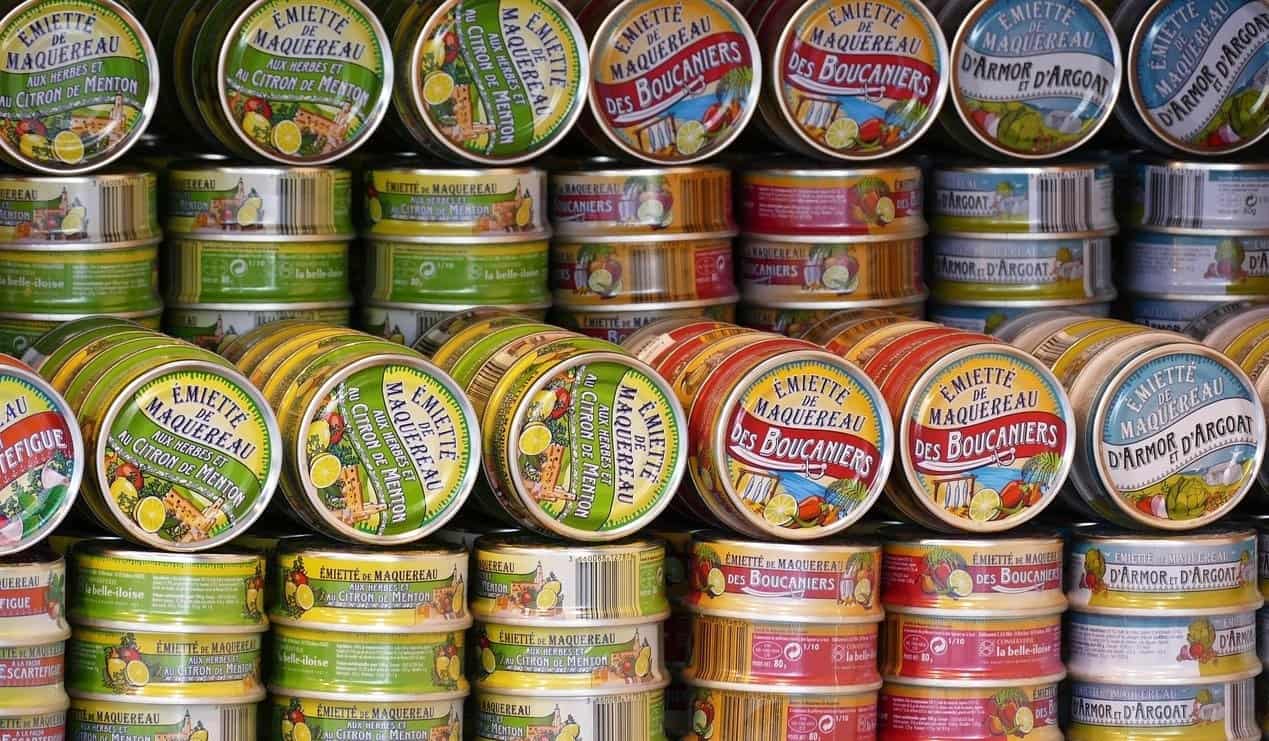
Canned vegetables, fruits, beans, and other canned goods can last for around five years on your shelf. They are an excellent addition to your stockpile that will provide diversity in flavor. If stored properly, they can maintain their quality for longer periods.
Canned goods that are beyond their “best by” dates (not “expiration dates”) are still safe to eat. However, their taste, aroma, and color will be a bit different. It may be off-putting to some, so it is recommended that you consume them before their “best by” dates.
When buying canned goods, it is important to check for dents, bulges, or broken seals. If the can is not in great shape, there is a risk that the contents are not properly preserved, meaning the expiration or best-by dates are inaccurate, which may compromise your family’s safety.
Frozen Meat
A product is considered frozen when its core temperature reaches 10.4 °F (-12°C) or lower. Meat is an essential source of protein. As long as it is frozen properly, it can last for a very long time in the freezer. Frozen food in general does not spoil.
However, it will still degrade slowly over time, resulting in a change in texture, and loss of flavor.
This degradation will happen more quickly if the meat is not properly prepared. How fast the meat is frozen will also affect its final quality.
To freeze meat, it’s best to cut it into smaller pieces or separate it from the bone. This ensures faster freezing of the core. Another essential requirement for freezing meat is an airtight container. Vacuum sealing meat cuts are the best way to achieve this.
The reasoning behind this is that oxygen and airflow contribute to the faster degradation of frozen products. Oxygen promotes oxidation that may affect the quality of the meat. Airflow on the other hand will pull away moisture, drying the meat in the process.
Rice
Rice is an excellent source of calories, which is essential during emergency situations. It is easy to cook and prepare, and it can complement any dish. When stored properly, it can last in the storage for more than five years or more, depending on the type of rice.
White rice, such as basmati and jasmine, can last for more than ten years when stored in an ideal place. On the other hand, brown rice can only be stored for a maximum of 5 years, even in a good storage environment. Therefore, if you intend to store rice indefinitely, it is better to store white rice.
Dried Goods
Dried meat such as meat jerky is a good protein-food to stock. It can last for about a year or two if left unopened. Similarly, dried fruits are good to keep on your shelf. They are an excellent source of some nutrients, and they can be eaten as a snack or used for baking.
Freeze-dried foods are even better. They can last longer and can be stored without a refrigerator. They also don’t use chemicals as a preservation method and are safer as a result.
Beans
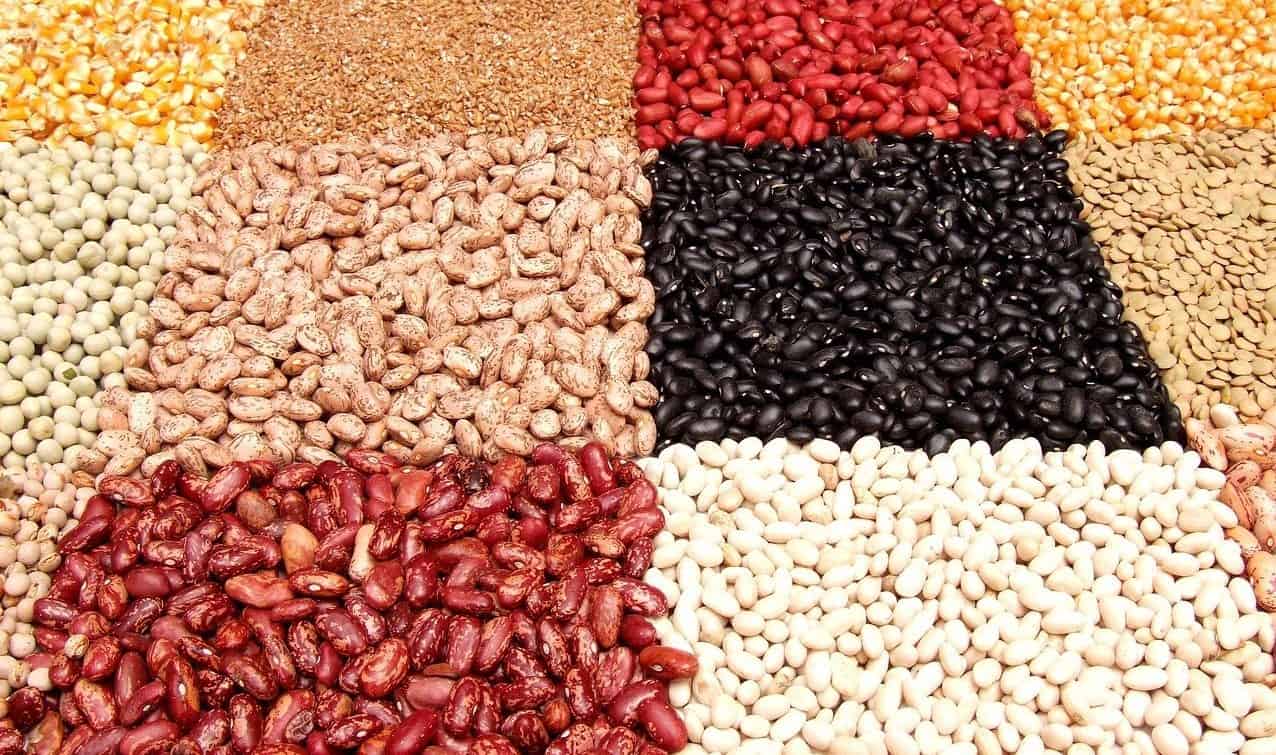
Beans are protein-rich, fibrous food that can add variety to your food reserve. They can be stored for ten years, or longer, depending on storage conditions.
Pasta
Pasta is a staple food to some people. If your family enjoys it, then you should definitely add it to your food stock. Regular pasta can last up to two years. If you plan to store it for longer periods, you should look for “dry” pasta since this type can last for more than twenty years on your shelf.
Pasta contains gluten, which is a potential allergen to some people. Hence, if a family member is allergic to gluten, you should consider buying gluten-free pasta such as quinoa and brown rice pasta.
Salt
Salt is an essential item that you should not forget to include in your food stockpile. It is great for adding flavor to your otherwise bland food, and it can also be used to preserve other food such as meat.
Salt can last for an indefinite period when stored properly. But, remember that it is hygroscopic in nature, meaning it absorbs moisture from the air; therefore, you should keep it in an air-tight container to maintain its quality.
Vitamins and Supplements
Multivitamin tablets can be used to compensate for vitamin or mineral deficiencies. Emergencies may cause food shortages that, in turn, results in inadequate nutrient intake. Thus, stockpiling vitamins and supplements is necessary to prepare for such situations.
Commercially available multivitamins contain a combination of vitamins, such as vitamins A, B, C, E, and K, and minerals like calcium, magnesium and zinc. Different brands have different components, so when choosing which multivitamin to stock, assess your family’s personal needs. For instance, if a family member is anemic, prioritize multivitamins that has a high iron component.
Emergency Food Items
Every prepper should have emergency food items that are non-perishable and are ready to consume at a moment’s notice. These food items should be high in calories as these will be your main source of energy for the duration of the crisis. Additionally, it is suggested that preppers store at least a three-day supply of non-perishable food that is suitable for any dietary restrictions.
Below are some food items that are recommended to be stored for emergencies.
- Protein or fruit bars
- Dry cereals
- Canned juices
- UHT non-perishable milk
- Infant food
- Ready to eat canned food (meat, fruit, vegetables, fish)
- Peanut Butter
Preventing Food Deterioration
To effectively prepare for a food shortage, you must have a decent storage area. Buying all the essential food and then placing it mindlessly in a corner is not a good idea. There are a lot of factors that can cause the food you stored to deteriorate, including microorganisms, insects and rodents, and contamination.
Here is a list of what you can do to maintain the quality of food in your stockpile:
Choose the Right Packing Material
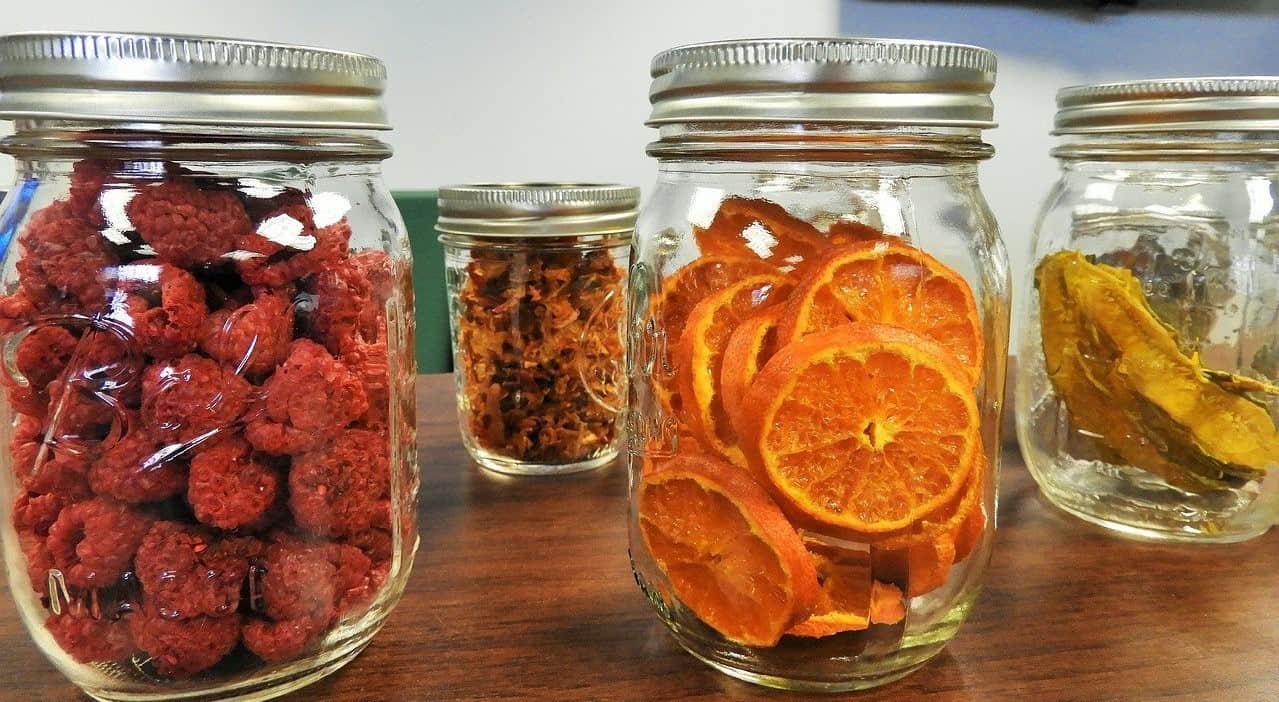
Food-grade plastic containers should be used to store food. These containers are designed to prevent hazardous non-food chemicals from transferring from the container to the food, ensuring the safety of food consumption.
Avoid using containers that are not approved and not intended to store food, such as garbage bags, solvent or paint cans, fiber plastics, and industrial plastics. There is a high risk of contamination if these containers are used. If you unintentionally did this, you should not continue consuming the food stored in the mentioned containers and immediately dispose of them.
For grains, beans, and cereals, it is ideal to use glass jars with tight-fitting lids. These jars provide the advantage of seeing what’s inside them; therefore, it is easier to check if an insect or bug got inside the container. Since they have tight-fitting lids, these jars are also great at keeping the moisture from air from deteriorating the grains.
Fumigation Using Dry Ice
Fumigation in food storage refers to eradicating pests, insects, or bugs that may infest the food. It is done prior to the storage of grains or beans to rid the food from potential deterioration due to infestation.
To do this, spread a small amount of dry ice on top of about two inches-deep grain placed on the container. Above the dry ice layer, pour the rest of the grain. The dry ice will replace the air inside the container with carbon dioxide, which will then kill the insects and their eggs.
Wait for about 30 minutes before closing the container with a tight lid. This time interval will ensure that all insects are eliminated, and it also allows all the carbon dioxide to vaporize, letting air to fill the container again.
Do not close the container too early. Pressure may build up inside it due to the expansion of carbon dioxide. If you notice that the container is bulging after closing it, remove the lid carefully to relieve the pressure.
The carbon dioxide will eventually vaporize, so it is perfectly safe to do this fumigation method to get rid of insects.
Deep Freeze Control
This method can be applied to small amounts of grains. By freezing the grains for about two to three days, insects at all development stages will be eliminated. After doing this, the grains must be stored in a cool and dry place.
Heat Treatment
Beans, whole grains, cereals, and similar dried food products are prone to infestation. You can “sterilize” them by simply heating them in an open oven.
To do this, spread the grains in a cookie tray. The layer should be shallow at about half an inch thickness or even thinner. Pre-heat the oven to around 140-150°F. Place the tray inside while leaving the oven door slightly open, and let it sit there for about 30 minutes.
Next, let it cool by allowing air to glide naturally through the surface of the grain layer. Once cool enough, transfer the grain to a dry, clean, and air-tight container.
This treatment will rid the grain from insects at all stages of growth. However, it is impractical to use this sterilization method for large quantities of grains.
Additional Ways to Prepare for a Food Shortage
Aside from buying and storing the essential food, you may also do the following to increase your sources in case of a food shortage:
Start a Garden
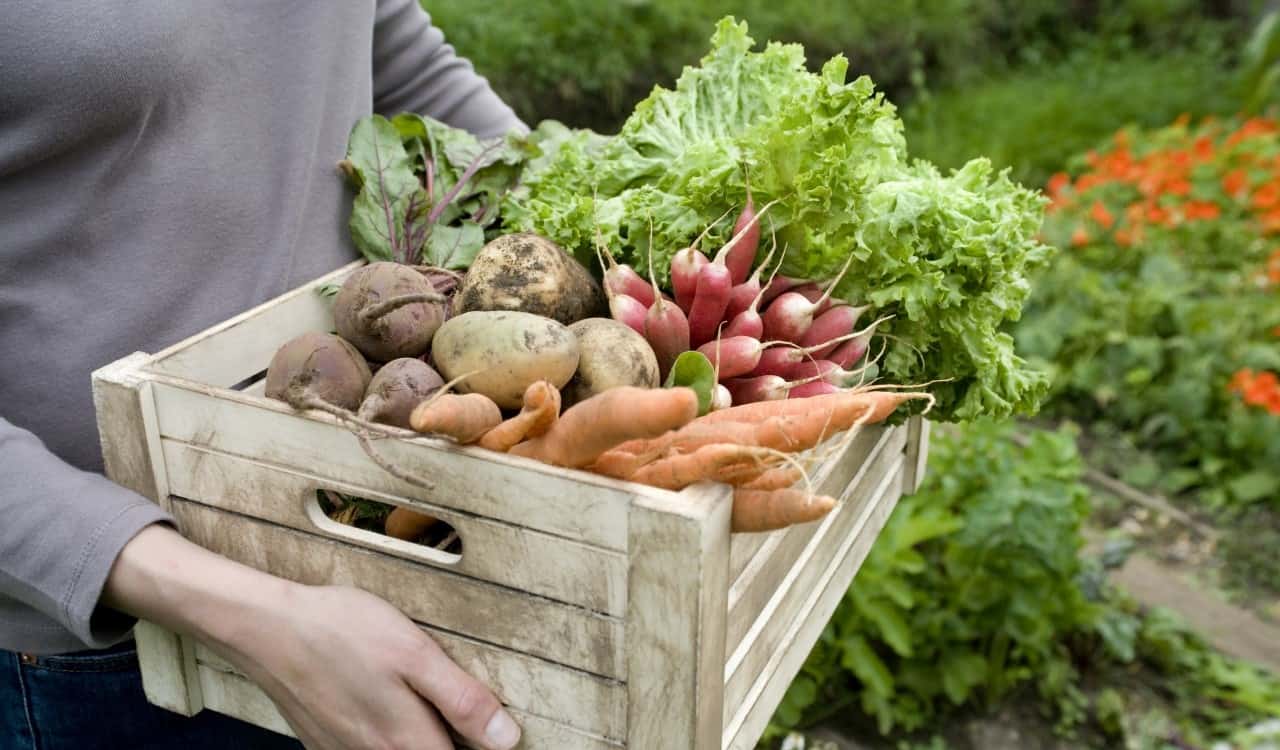
Gardening and growing your own food will provide you and your family an additional food source in case of a shortage. The garden doesn’t have to be big. A small area would suffice since it is only an additional source unless you are planning to make it your primary source of emergency food.
To start an outdoor garden, find a suitable location first. Ideally, it should receive a fair amount of sunlight, and it must be near a water source. Next, condition the soil by mixing compost and natural fertilizers with it.
As for the seeds that you should plant, check first which plants are compatible with the weather in your area. Some examples of good starter crops are radishes, squash, lettuce, tomatoes, and eggplants.
You can also add fruit-bearing trees to your landscape, such as grapevines, oranges, berries, and nut trees.
Start a Backyard Farm
To prepare for a food shortage, you can also raise your own livestock and have your own poultry. You should try to raise chickens, rabbits, pigs, or cows, depending on the available space in your area and on the time you have.
For beginners, you can start with chickens. They can produce meat as well as eggs, which are good additions to your food reserve. You can also turn eggs into powdered eggs, therefore prolonging their self-life. Chickens are relatively easy to raise, and they don’t require much attention and capital money. They are also sustainable since you can let a hen hatch her eggs to increase the number of your chickens. As an alternative, you can also consider raising quails.
Rabbits are also good for starters. They don’t require spacious areas, and they are low-maintenance, similar to chickens. They mature fast, and don’t require much feed.
If you have the resources, raising pigs and cows is recommended. Cows, in particular, are incredibly useful during food shortages; they are a source of meat, milk, beef tallow, and more.
Final Thoughts
Preparing for a food shortage requires detailed planning to ensure that everything is taken into account. Knowing your family’s needs and wants is the first step, followed by evaluating your budget and your family’s consumption rate, and finally, deciding which food to buy.
You should also prepare a good storage area for your food stockpile to ensure that your food reserves will remain in excellent condition. Lastly, you should have alternative sources to supplement your food stockpile. Growing your own fruit and vegetable and raising your own chicken and livestock are great to guarantee your family’s food security during a food shortage.

